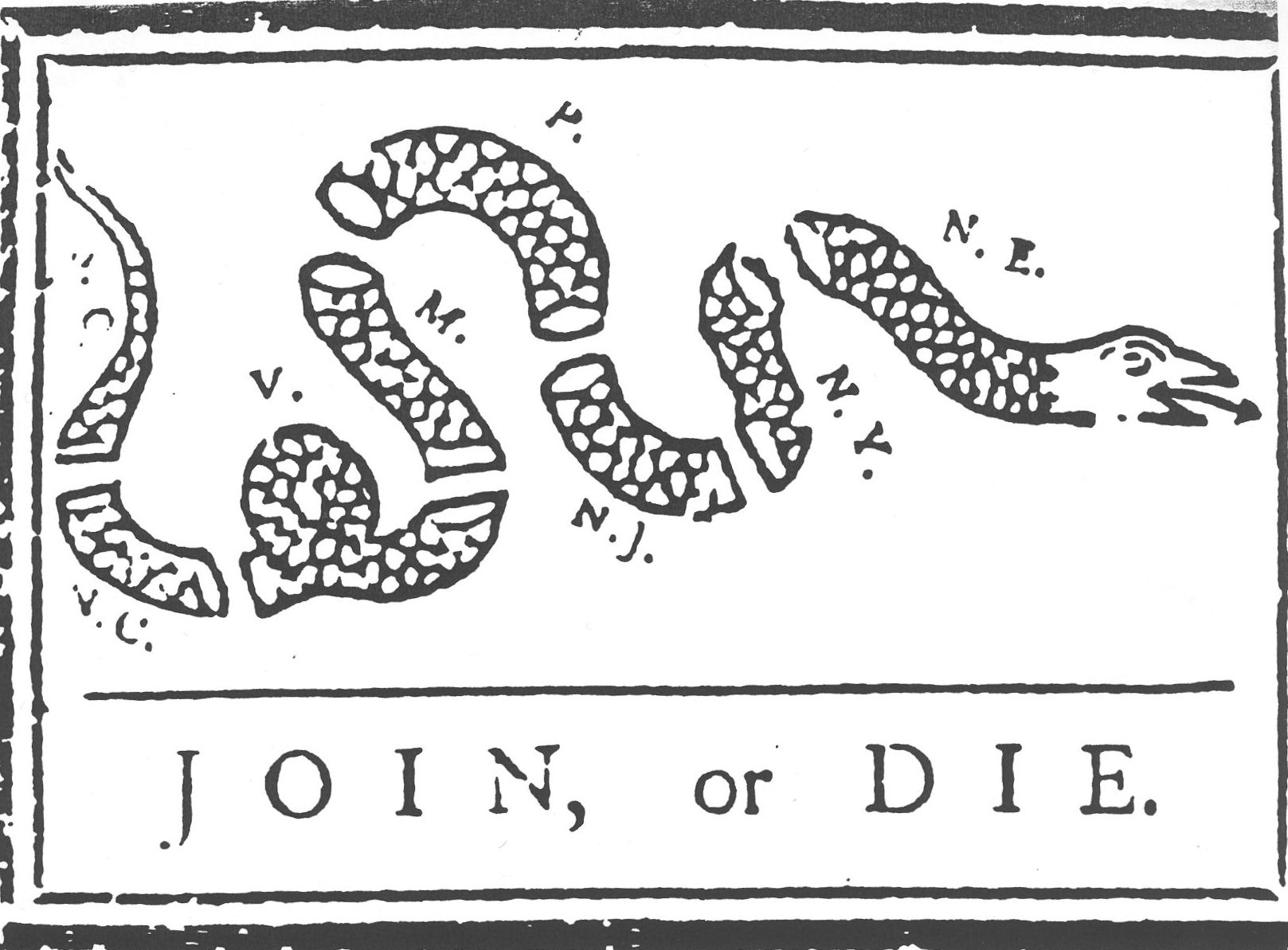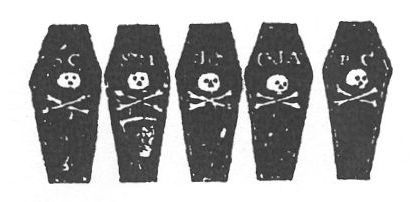



nLiberty and Justice was commissioned by The Workhouse Theatre in New York City and presents events surrounding “The Boston Massacre” of 1770 and its aftermath, both in terms of John Adams’ defense of the accused British soldiers and Samuel Adams’ fostering motives that would lay the foundation for The American Revolution.
The action of Liberty and Justice begins in the lobby of a theatre with the character of James Otis, wearing a red cape and standing on a soap box, enjoining audience member to resistance and open defiance in the name of “civic rule.”
After an usher, dressed a town crier, begins ringing a bell and announcing that the house is open, audience members are seated, Otis continuing with his speech-making in the lobby, even after the doors to the theatre are closed.
On stage, a British soldier is accosted by a crowd of drunken colonists and calls for assistance. Rocks and pieces of ice are thrown. A British officer arrives with a small group of enlisted men; one soldier slips, and a gun goes off. Other soldiers fire their weapons, and the officer orders them to stop, five of the attacking civilians having just fallen when Samuel Adams (“brewer and patriot”) and his son enter and seize upon the event as a way to help safeguard their enterprise of importing French colonial sugar cane to make rum through the fermenting of rebellion.
The British officer is arrested, and John Adams agrees to defend the soldiers, against his wife Abigail’s objections.
A trial takes place, and the principles of fair and equal treatment under the law are argued for by John Adams, eventually bring about an acquittal and leaving his cousin, Samuel Adams, to seek revolution through financial concerns stating to his son that ”Property will unseat the rule of king George in America . . . property, money – the economy, stupid.”
